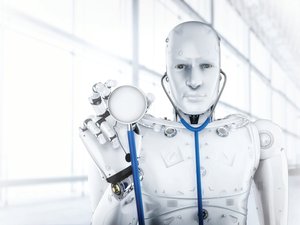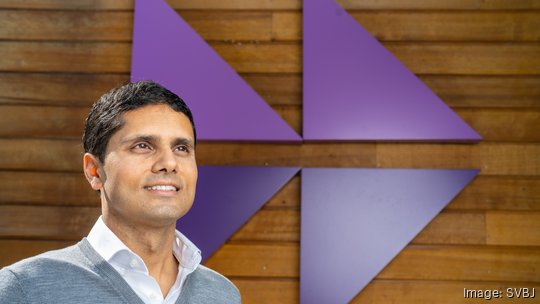
As part of our special report on generative AI in the Bay Area, the Business Times spoke to the CEOs of some of the most promising companies in the generative AI space to find out how their companies are developing use cases, hardware and SaaS around large language models.
Replit: A programmer's boon or bane?
- CEO: Amjad Masad
- Founded: 2016
- Funding: $104.62M
- Location: San Francisco
- Employees: 80
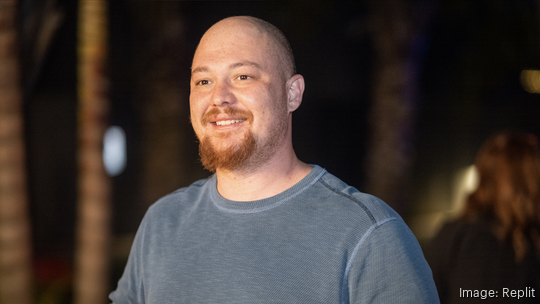
Perhaps one of the more underrated, yet incredibly consequential, use cases of generative AI is its ability to write code, immensely speeding up the process for software developers.
San Francisco-based Replit is one of a few companies offering tools specifically to generate code based on text prompts with its main competitor being GitHub’s Copilot. Its coding platform is a collaborative space where users can chat with not just each other but with AI chatbots in order to streamline the time-consuming process of writing code.
The company recently announced a major partnership with Google, where the startup will combine its coding software with Google’s large language models. The deal puts the startup in the middle of the Google-Microsoft AI race, as Microsoft owns GitHub.
Replit was founded in 2016, but its CEO Amjad Masad came up with the idea in 2009 while living in Jordan. However, he couldn’t get his idea off the ground there and had trouble securing funding. He eventually came to the United States, where he finally was able to get Replit started, initially bootstrapped and then with Y Combinator backing in 2018. But when he started the company, generative AI wasn’t even a term in use.
“We started using language models pretty early, but they were very, very limited,” Masad said. “So those were sort of like a bicycle, where GPT is an airplane. When GPT 2 came out in 2019, we knew it was the future.”
The company began by using OpenAI’s GPT models and eventually trained its own models, while incorporating open source ones. While generative coding is still at its early stages, it currently is best used for simple tasks and as a virtual assistant to the developer, its implications are vast, especially in the Bay Area where AI coding could be incredibly disruptive to the local labor market.
Masad says he believes generative AI coding will be a huge boon for front end engineers that will be able to design user interfaces quicker and be able to more efficiently execute their vision. However he says some engineers, such as those working on the middle of the stack may see their jobs at risk as the AI becomes more sophisticated.
“I think in the long term, this technology is going to change the world but people are expecting like next year, you’re gonna get robots or whatever,” Masad said. “I worry that we’re entering an overhyped phase of this technology.”
Moveworks: The help desk of the 21st century
- CEO: Bhavin Shah
- Founded: 2016
- Funding: $308.15 million
- Location: Mountain View
- Employees: 546
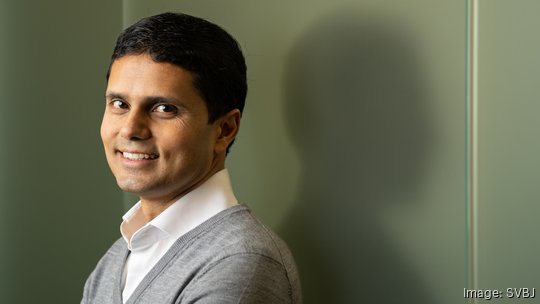
While ChatGPT can pontificate on almost any subject with accurate responses most of the time, Movework’s corporate customers need a chatbot that is right all of the time.
The company has developed generative AI for enterprises that has the reliability a business would expect, while providing the style of answers generated through a chatbot. Instead of finding answers on a wide range of topics, users of Moveworks can find specific information about their own company, like HR and IT questions using a tool that can be integrated with Slack, Microsoft Teams and Zoom. The platform also has the ability to automate repetitive tasks and escalate more complex issues to human support teams when necessary.
“Factualness is a non-negotiable starting point with enterprises,” said Moveworks CEO Bhavin Shah.
“You cannot accidentally tell someone that it’s OK to go reimburse a $200 dinner with a client when the per diem is $100.”
Being an early mover definitely pays off. Moveworks was founded in 2016, an opportune time as just a year later the transformer was invented, a technology that helped rapidly scale and improve large language models.
“The backdrop in 2016 was that chatbots suck, they don’t work and people were underwhelmed at the promise that was made back then,” Shah said. “And so we were taking a big gamble that this space was going to be the new way that people prefer to get help, and fast forward to COVID that became true, where the chatbot became
an important sidekick to the employee experience.”
At the same time during this period came the rising popularity of enterprise software like Slack and Teams, along with the advent of cloud computing which was able to connect disparate systems inside an enterprise.
All this came together to allow Moveworks to build a platform that could easily fit inside the existing structure of enterprises. It now names major Bay Area tech firms like Linkedin and even Slack as some of its customers.
Synthesis AI: Pixar meets DALL-E
- CEO: Yashar Behzadi
- Founded: 2019
- Funding: $25.06 million
- Location: San Francisco
- Employees: 30
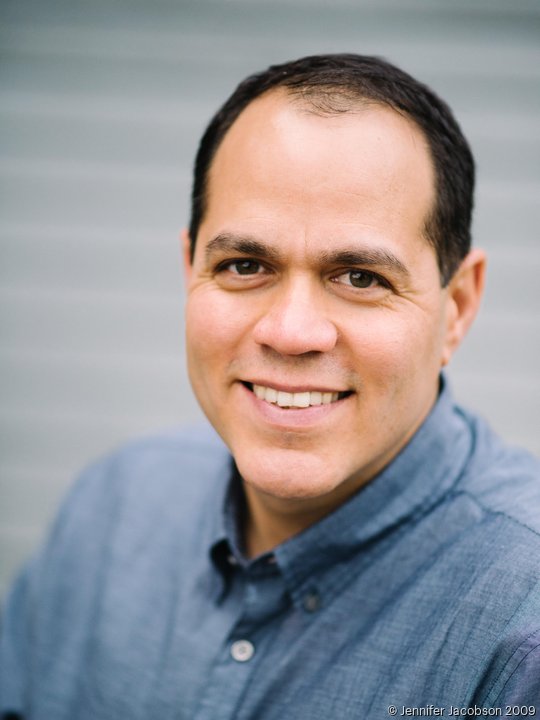
Synthesis AI is aptly named: It blends the worlds of generative AI and CGI visual effects to create virtual worlds for businesses to train new technologies.
In fact, roughly half their team is composed of traditional AI engineers, while the other half come from visual effects studios like Pixar and Industrial Lights and Magic.
“When we started the company we had a thesis that the world of generative AI would come together and allow us to do things we never were able to do before,” said Yashar Behzadi, CEO and founder of Synthesis AI. “Basically it will be able to create diverse photorealistic worlds, and then be able to train our systems completely in these virtual environments.”
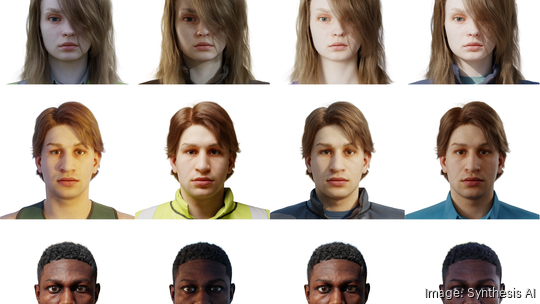
Synthesis’ models, which create virtual environments filled with realistic looking people, are used by companies to train products like driver monitoring programs used to alert drivers if they fall asleep, or it can be used for training AR/VR avatars and face ID systems. Anything that requires a human interacting in the world, Synthesis can generate immense data sets for training purposes.
But its model of using text to generate 3D images, similar to how OpenAI’s DALL-E creates 2d images, can be used for far more than data sets. Eventually, Behzadhi speculates the technology can make it far easier and more efficient to design visual effects for film and video games.
“In the traditional CGI visual effects world, it's really painful to create 3d models and it takes just hundreds of man hours per asset, because it's hand sculpted,” Behzadhi said. “You're seeing AI augmentation come in and enable artists to do what they do, which is be creative and think about the concepts and not have to worry about the tedious work.”
Cerebras Systems: A workhorse for the Apocalypse
- CEO: Andrew Feldman
- Founded: 2016
- Funding: $723 million
- Location: Sunnyvale
- Employees: 330

If the generative AI scene is turning into a gold rush, then Cerebras Systems is certainly among those selling the shovels. The company has developed an incredibly large chip specifically designed for scaling large language models. So large, in fact, that it’s the biggest chip ever made, the size of a dinner plate and 56 times bigger than the next biggest chip.
These chips are bundled into systems and access to the systems is sold to AI companies through a cloud model.

According to Cerebras’ CEO Andrew Feldman, it was inefficient for the AI industry to be using hardware like graphics card GPUs designed for other purposes, and needed its own bespoke tech to make it scale effectively.
“When there’s this fundamental explosion of a new type of computational work, historically, there have been opportunities for new hardware companies to step in and specialize it,” Feldman said.
Cerebras was founded by Feldman and four others who all worked at a company called SeaMicro that was acquired for $375 million by AMD, one of the world’s largest chipmaker.
“By late 2015, we came together and wrote two things on the whiteboard: that we wanted to move in industry, and we wanted to work together,” Feldman said. “And in brainstorming, our CTO asked, why would a graphics processor, a machine that had been built entirely in tune for 20 years for pushing pixels to a monitor, be good at AI? And that insight opened up our exploration about whether the graphics processing unit would be the right machine for it, or whether we could build a better machine.”
As a compliment to its hardware, Cerebras recently released its own open source GPT models that were trained on its supercomputer in order


